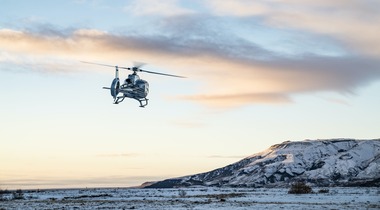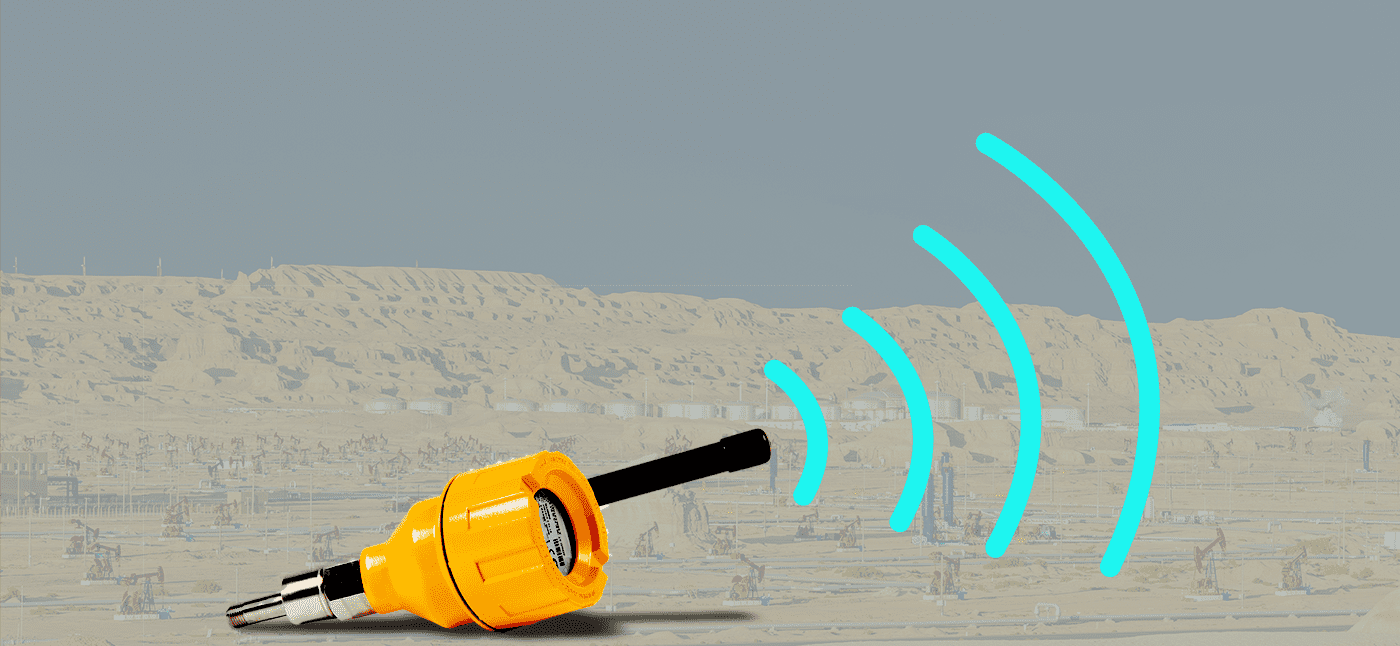HiberHilo has been informed by real-world use cases from the start.
Let’s go back to 2019. At the time, we at Hiber were focused on building affordable technology that would help bring remote areas of the world online at an affordable price. We were looking for different applications for the technology, and eventually we teamed up with WTS Energy (a leader in the sustainable energy world), to form HiberHilo: a joint venture that would use tech to help make the energy industry more sustainable and safe, anywhere in the world.
Together with WTS Energy, we approached Shell. We were still early on in the process, and had a lot of ideas. But we wanted to learn more about how a technology like ours, which would allow small data packets to be sent from the most remote areas of the planet, would be beneficial to a major organisation like them.
The team at Shell was more than helpful. In fact, they were awesome. Through lots of conversations, workshops, and brainstorms, we had an idea: wouldn’t it be amazing to get regular, reliable temperature and pressure readings from any well, anywhere?
We were all optimistic about it. After all, well monitoring in remote locations isn’t easy. Logistically, it’s tough to get out to a well in the middle of the ocean, jungle, or desert. And often, it’s downright impossible, due to inclement weather. When it simply isn’t safe to get a crew out to a well to measure the pressure or temperature, companies miss out on data. And even when they can get a crew out, the data collection is sporadic.
In the end, oil and gas companies mostly know what’s happening with a remote well every few weeks, and if an issue is detected during a visit, it could have already been an issue.
With a solution like HiberHilo though, everything could change. Instead of sending crews out every few weeks, Shell could get well data delivered directly to an online dashboard. The data packet was small enough that HiberHilo’s technology could collect and transmit it through satellite connectivity.
The insight on the business case was everything we needed to get started.
Watch now a webinar with Chris Kirker, Staff Well Engineer at Shell discussing the challenges.
Decommissioning was the first use case we tested.
Oil and gas wells can last a hundred years, but they don’t last forever. And when a well reaches the end of its life, it needs to go through a decommissioning process to preserve the surrounding area and make sure there is no environmental contamination in the future.
The decommissioning process begins with a one or two-year diagnostics period before the actual decommission. During this period, engineers gather data about the condition of the well so they can make a plan that eliminates risk after the decommission. To make a proper plan, they need a lot of information.
In connected locations, companies like Shell use fibre-optic cables to gather all the well information they need for decommissioning. But in remote locations where it isn’t feasible to install cabling, they are forced to send teams out to gather diagnostic data. Sometimes these trips are delayed because of the weather. Sometimes priorities shift, and crews don’t gather diagnostic data during their visit.
In any case, the story is the same: diagnostic teams can’t get as much information as they want on remote wells, so they can’t make extremely precise plans about their decommissioning project. Ultimately, it means that decommissioning isn’t as cost effective as possible, because the teams encounter surprises that they need to adjust for.
That’s where HiberHilo comes in.
Decommissioning seemed like a great use case for HiberHilo’s technology. It could deliver regular, reliable data to engineers from remote platforms. And its affordability meant it would be perfect for wells that were at the end of their life.
But first, we wanted to test the data quality.
Before heading out into the field, Shell wanted to make sure that HiberHilo’s data was accurate and reliable. So, they decided to run a test of HiberHilo against an existing wired solution.

But, the basic results were pretty spectacular:
- Shell’s engineers installed HiberHilo in under 2 hours
- The data had a 99.8% uptime, when compared to the always-on wired solution
- The data was 99.75% as accurate as the information collected from the wired solution
All for a small, easy to install, lightweight monitoring solution that could work anywhere in the world.
Shell felt confident that the solution would give them accurate, reliable data. Confident enough that they ordered enough sensors to start monitoring two offshore unmanned platforms.
Once the order was confirmed, a technical specialist from HiberHilo gave Shell employees a two-hour training that taught them everything they needed to know for the installation of the sensors and gateway. Operations made sure the Shell team had all the sensors they needed. And then the team brought the sensors out on their next trip and did the installation.
In all, the easy installation meant that the two platforms were online in a matter of hours. With the API connection, Shell’s team was able to route the pressure and temperature data that HiberHilo was collecting into their existing monitoring system.

Plus, the fast installation meant that the crew had time to check a few other things off of their to-do lists while they were out there. In total, only one day of the trip was dedicated to the HiberHilo installation.
HiberHilo can help reduce visits to wells. But over the last year of using the solution, the Shell team discovered an even more interesting benefit of the data collected: it helps them get more specific and avoid surprises. In the last year, the HiberHilo data has actually shown pressure in quite a few wells where they didn't think there would be any pressure. Instead of going out to the field and discovering that the team needed more plugs (meaning another trip had to be planned), the data lets the team make better plans from the start of the project.
In the long run, it helps the team save on costs, hassle, and time. With the data in hand, the team has the exact insights they need to understand their wells better.
Download the case study.
Now it’s time to expand HiberHilo’s use.
The only challenge? Each country has specific legal requirements, and different subsidiaries.
After seeing the potential in HiberHilo, Shell wanted to create a faster way to get the solution in the field and make HiberHilo an option around the world. So together, we created a Global Framework Agreement that would make global adoption simpler.
At its core, the framework facilitates the process. It’s a template that lets all global subsidiaries get up and running with the solution faster. It covers a lot of the basics that are the same for every Shell contract, everywhere in the world, and acts as a sort of “pre-clearance” for HiberHilo. This means that instead of hashing out the same details in every country, subsidiaries can focus on the legal requirements specific to their unique in-country challenges.
In the end, the agreement means it's easier for Shell subsidiaries to improve safety conditions, get better data, and stay online, even when the weather is bad. And they can get started in a matter of weeks, not months.
The success of the test project means that Shell has deployed the technology in a number of countries and we’re looking at developing it further around the world.
A continuous relationship.
HiberHilo is here to help the oil and gas industry get data from remote locations in an easy, affordable, and simple way. And we’re happy to support companies like Shell through the energy transition. That’s why we keep regular contact with the Shell team to make sure our product (over)delivers, and we’re excited to continue it in the future.





